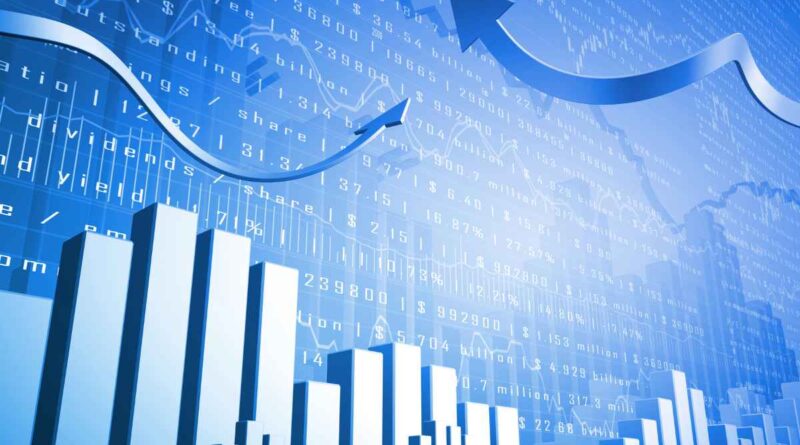The Tech Behind Online CFD Trading: What’s Under the Hood
Most traders focus on strategy, risk, and timing. But behind every trade is a set of tools that make everything work. Without technology, online CFD trading would not exist. The platforms, data feeds, and execution systems all play a role in how trades are placed, managed, and closed.
One key part of the system is the trading platform itself. This is the software you see when you log in. It shows price charts, account details, order buttons, and tools for analysis. A good platform must be fast, clear, and reliable. It collects price data from global markets and updates your screen within seconds. A small delay can lead to missed opportunities or unexpected losses, especially in fast markets.
Behind that screen is something more complex. Price feeds come from liquidity providers, who send real-time data from stock exchanges, currency markets, and other sources. These feeds are constantly updated and must be handled with care. The system compares prices, checks for errors, and sends the final version to your platform.
Another important part of online CFD trading is the order system. When you click to buy or sell, that action is processed through servers. The system checks if your account has enough funds and whether the market is open. Once cleared, the order is sent to the broker’s execution system. This all happens in seconds, but involves many checks behind the scenes.
Many platforms also offer charts with indicators like moving averages or volume bars. These tools rely on data being collected, cleaned, and displayed correctly. Some users take it further and use APIs, which allow them to build their own tools. These tech features attract traders with coding experience or those who want more control.
Security is another part of the system that is often ignored but very important. Online CFD trading platforms must protect user data, account funds, and personal details. This means using encryption, secure login methods, and regular updates. Without strong security, traders could lose access to their accounts or become victims of fraud.
Cloud technology also plays a role. Many brokers now run their platforms using cloud services. This means faster updates, less downtime, and smoother access from different devices. Whether you are trading on a phone, tablet, or desktop, the cloud keeps everything in sync.
Some traders use automation to manage trades. This could be as simple as a stop-loss order or as complex as a full trading robot. These tools are powered by algorithms. They scan the market, follow preset rules, and act without emotion. While they need regular checks, they allow for trading even when you are not watching the screen.
Market analysis tools are also getting more advanced. Some platforms now use AI to scan headlines, spot trends, or suggest possible setups. These features are still growing, but they show how quickly the tech side of trading is moving.
What most users see is just the front. But online CFD trading depends on a chain of systems working together. Data moves from markets to brokers, then to users, and back again. Each step must be fast and accurate, or else traders might face slippage, gaps, or failed orders.
Understanding this tech does not mean you need to build your own platform. But knowing what happens behind the scenes can help you choose the right tools and spot problems when they arise. If a chart is not loading or an order fails, knowing why makes it easier to respond.
In the end, trading is not just about decisions. It is also about the systems that carry out those decisions. The tech behind online CFD trading is what makes it possible to react in real time, manage risk, and learn from each trade. With better tools and stronger systems, traders can focus on what matters most, their plan.



